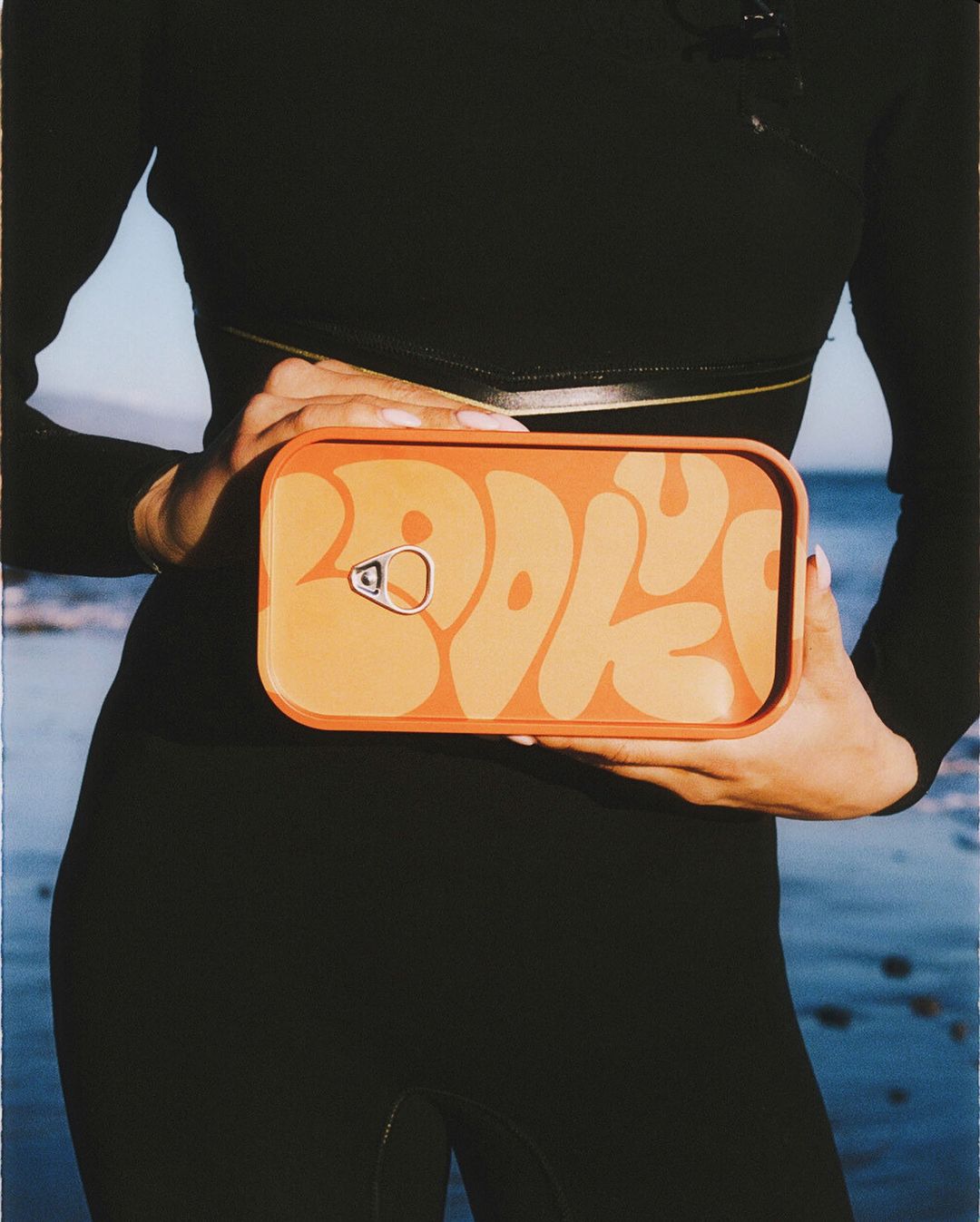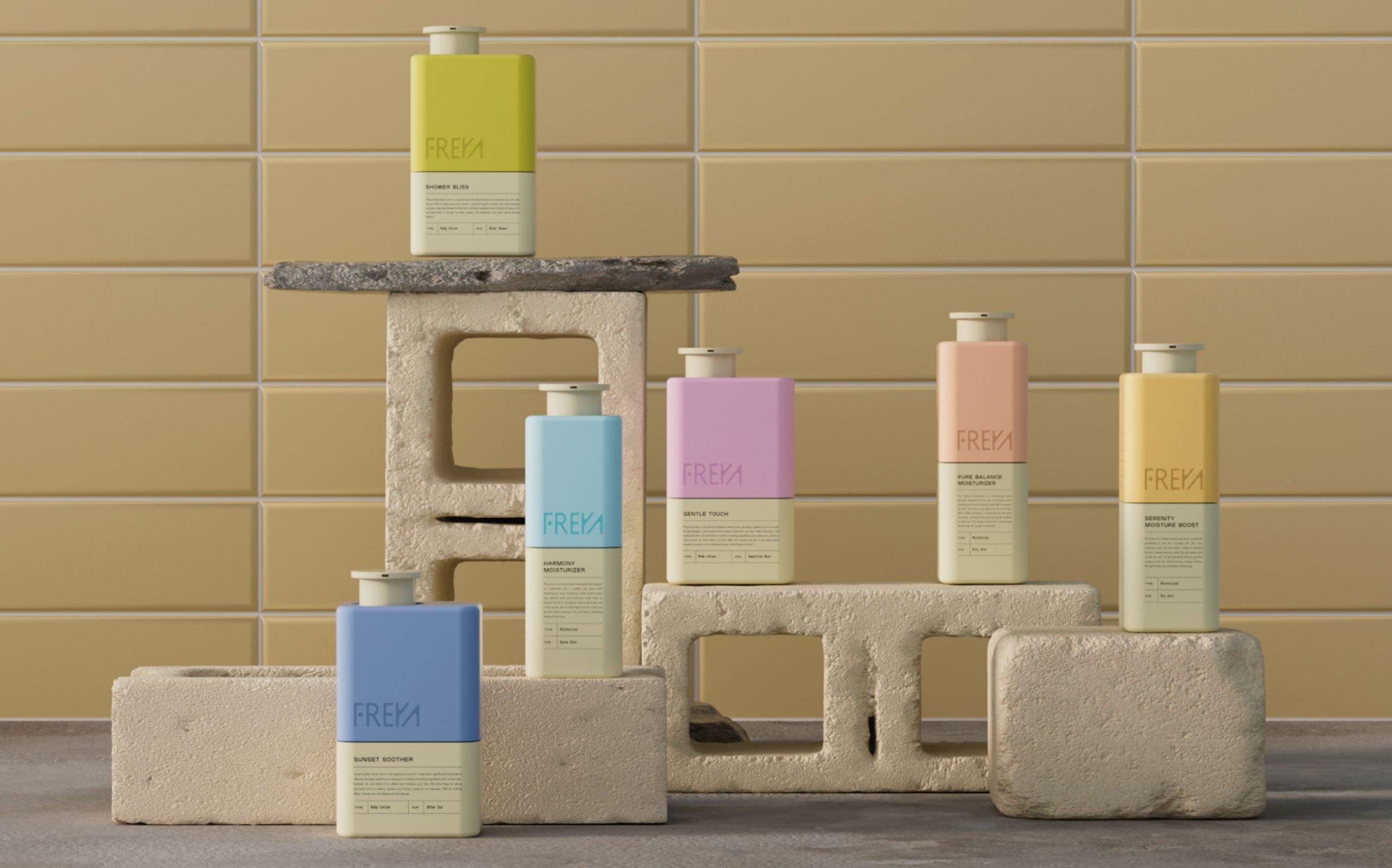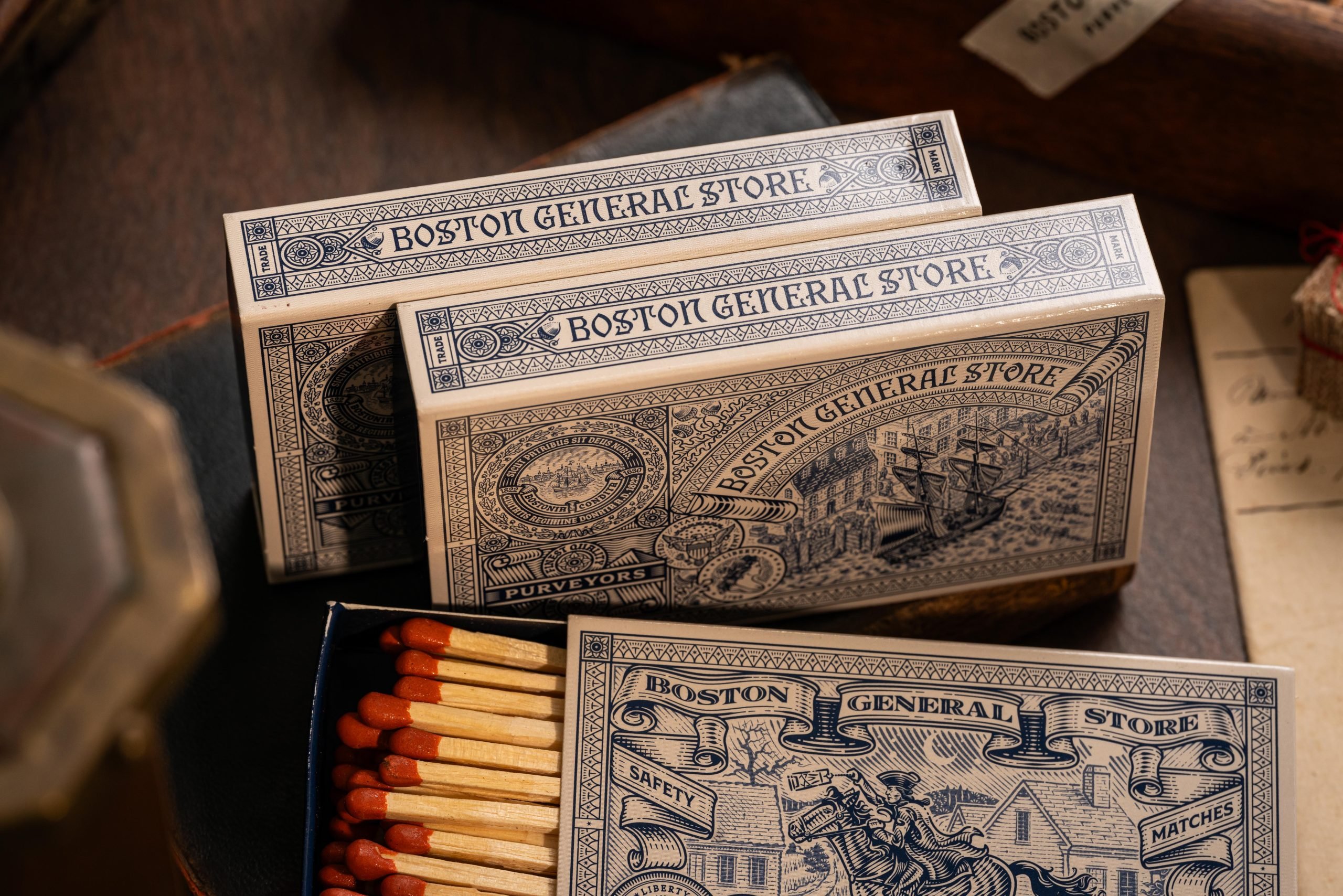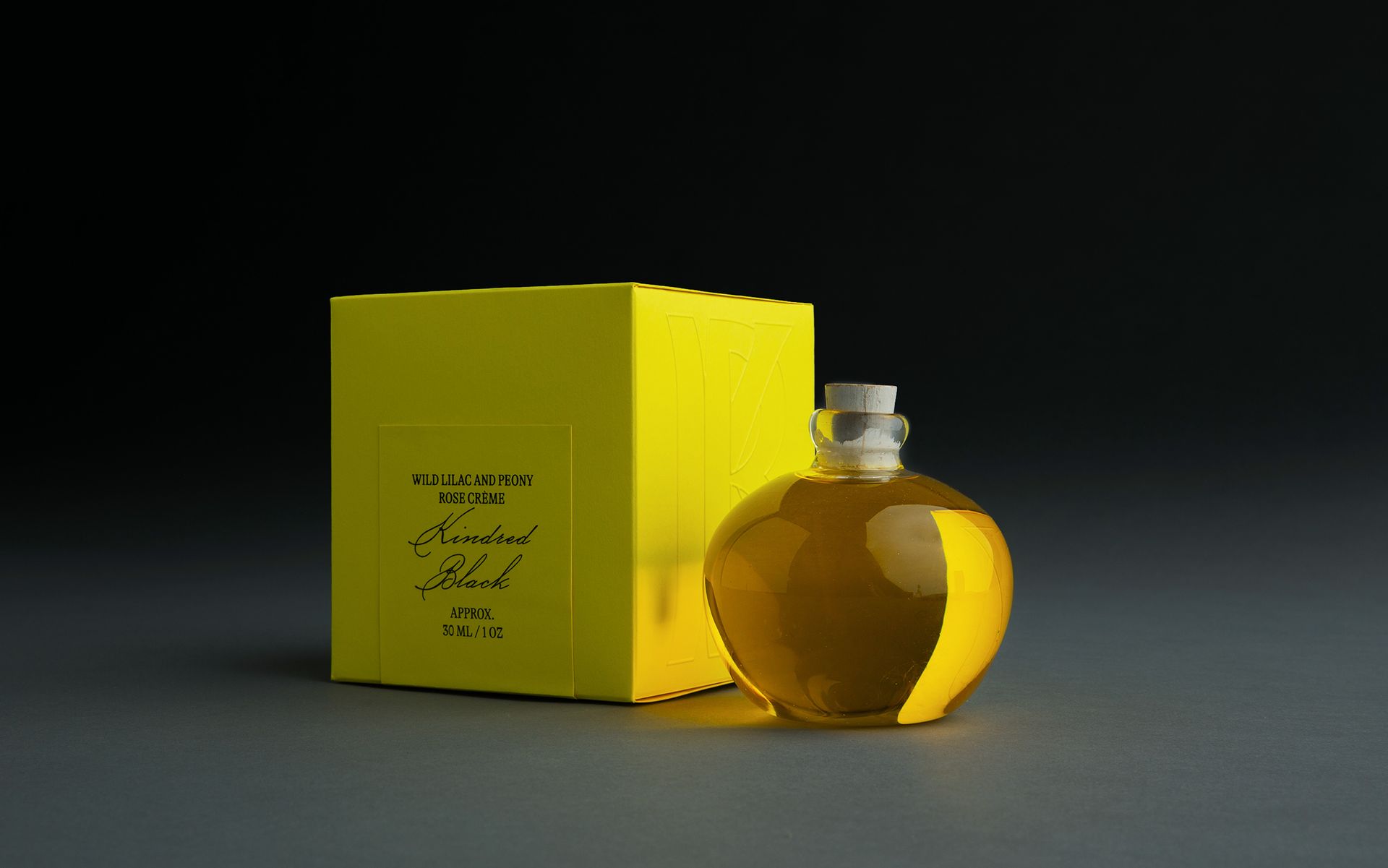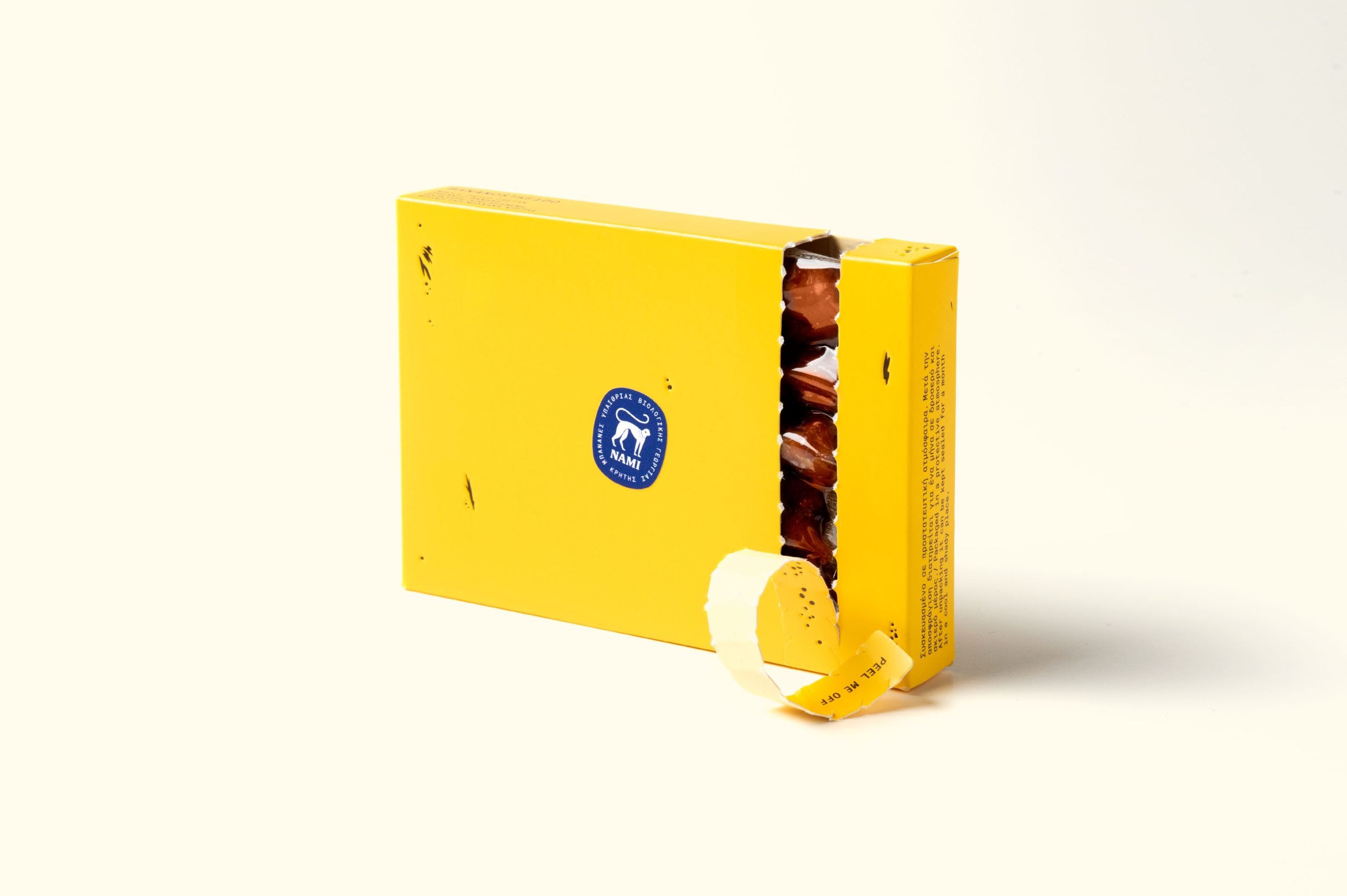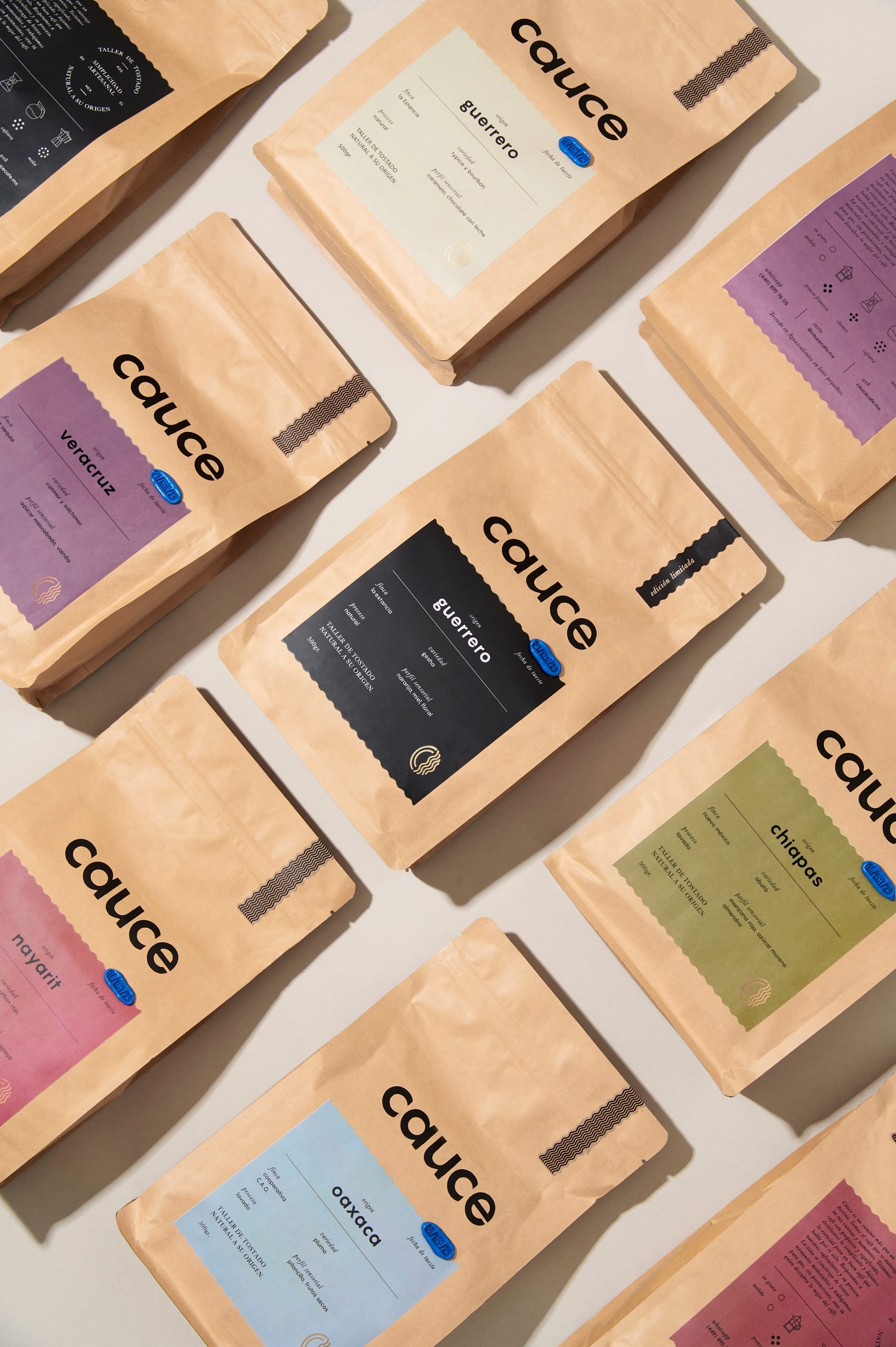May 9th, 1960, is a day that changed womenâs reproductive health forever, and it marks the occasion when the Federal Drug Administration approved Enovid, the first hormonal birth control pill. By delivering doses of the hormones progestin and estrogen, the medication prevents ovulation and, in turn, pregnancy. Initially, it was the only daily tablet of its kind and available only to married women. Today, however, a wide variety of oral contraception exists depending on how often patients want to have periods and the number of hormones that are appropriate for their bodies.
The birth control pill has a problematic pastâclinical trials took place in Puerto Rico, where three women died as a result, and one of the co-creators of the medication advocated for selective breeding. But today, birth control has turned into the option some womenâat least 12% of women in the United States aged 15-49, according to the CDCârely on for family planning. And just as the Pill itself has changed since it first was dreamed up in the 1950s, so has its packaging.
